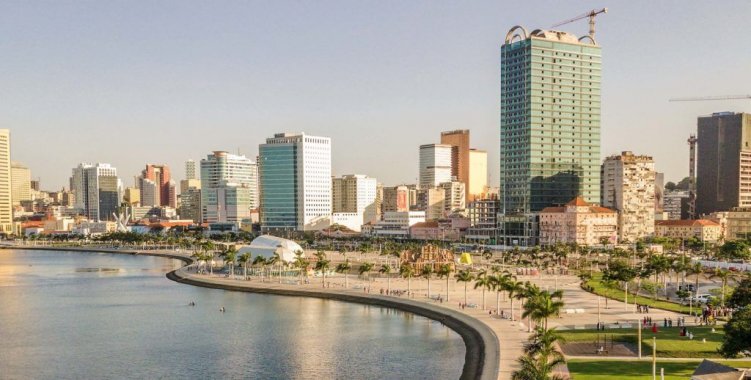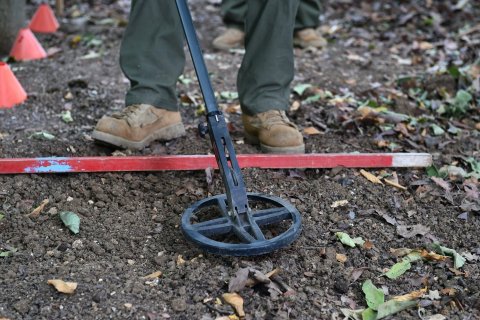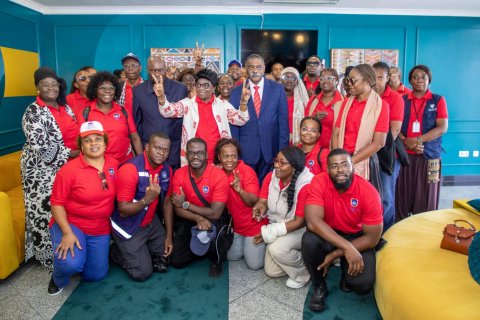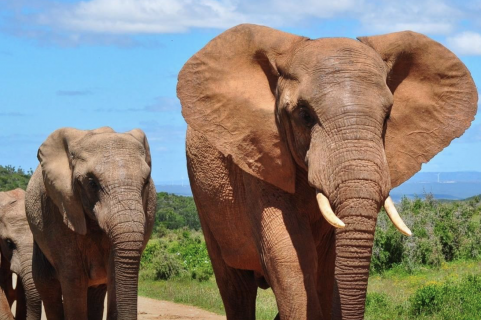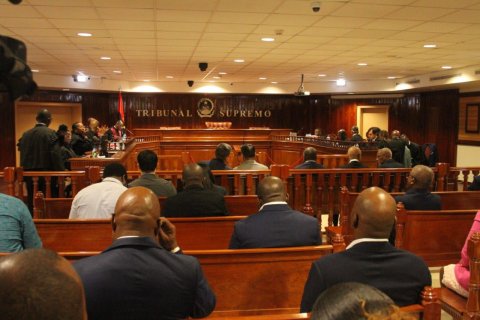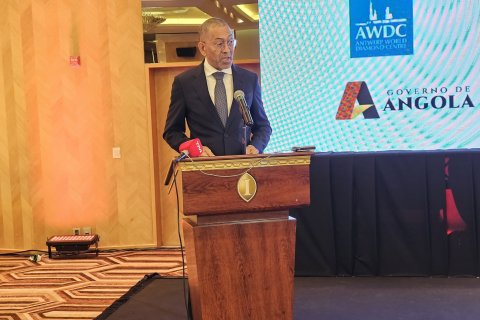According to the Annual Indebtedness Plan, published this Wednesday in the Diário da República, Angola plans to borrow up to 3.8 billion kwanzas in the foreign market, equivalent to 5.89 billion dollars this year, the which add another 3 billion kwanzas to be collected through internal indebtedness.
The plan for this year will be the government's first with positive economic growth, as Angola expects to grow by 2.4 percent this year, after six years of negative economic growth.
According to the Annual Indebtedness Plan, published this Wednesday in the Diário da República, Angola plans to borrow up to 3.8 billion kwanzas in the foreign market, equivalent to US$5.89 billion this year, the which add another 3 billion kwanzas to be collected through internal indebtedness.
The plan for this year will be the government's first with positive economic growth, as Angola expects to grow by 2.4 percent this year, after six years of negative economic growth.
The decline in the value of public debt in relation to GDP (Gross Domestic Product), one of the main indicators used by investors and analysts to measure economies, namely African ones, is explained not only by the return to growth in the country's wealth, but also by the appreciation of the kwanza last year, driven by the improvement in global economic conditions and the increase in the price of oil.
The national currency appreciated 15.2 percent in 2021, reaching 554.9 kwanzas per dollar, registering the biggest gains since 1999, but without canceling the negative result of the series of devaluations since 2018.
The kwanza gained 15.2 percent in 2021 against the main world currency, rising from 654.5 kwanzas per dollar on the first day of 2021 to 554.9 kwanzas per dollar on 1 January this year.
The appreciation of the currency, however, is not enough to cancel the losses recorded since the introduction of the partial liberalization of the kwanza, still in 2017, although this year it has recovered another 6.3 percent against the dollar until last week.

